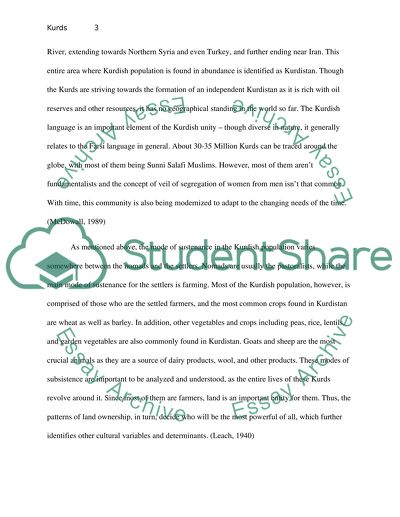Cite this document
(“Kurds Research Paper Example | Topics and Well Written Essays - 2000 words”, n.d.)
Kurds Research Paper Example | Topics and Well Written Essays - 2000 words. Retrieved from https://studentshare.org/anthropology/1451328-kurds
Kurds Research Paper Example | Topics and Well Written Essays - 2000 words. Retrieved from https://studentshare.org/anthropology/1451328-kurds
(Kurds Research Paper Example | Topics and Well Written Essays - 2000 Words)
Kurds Research Paper Example | Topics and Well Written Essays - 2000 Words. https://studentshare.org/anthropology/1451328-kurds.
Kurds Research Paper Example | Topics and Well Written Essays - 2000 Words. https://studentshare.org/anthropology/1451328-kurds.
“Kurds Research Paper Example | Topics and Well Written Essays - 2000 Words”, n.d. https://studentshare.org/anthropology/1451328-kurds.


